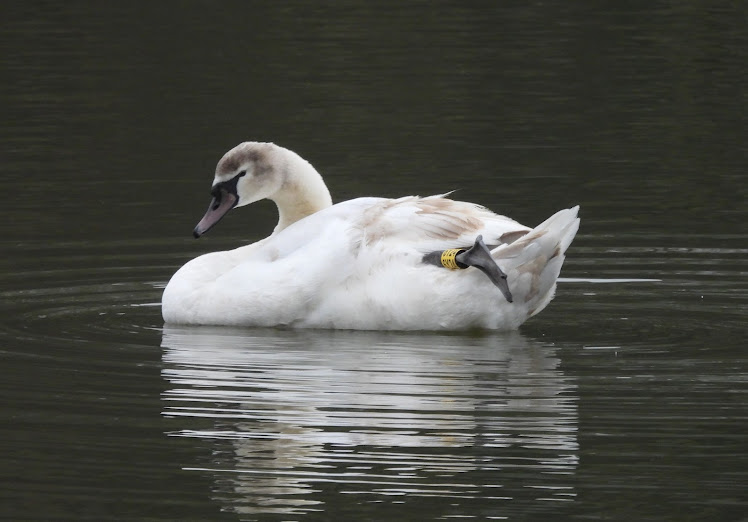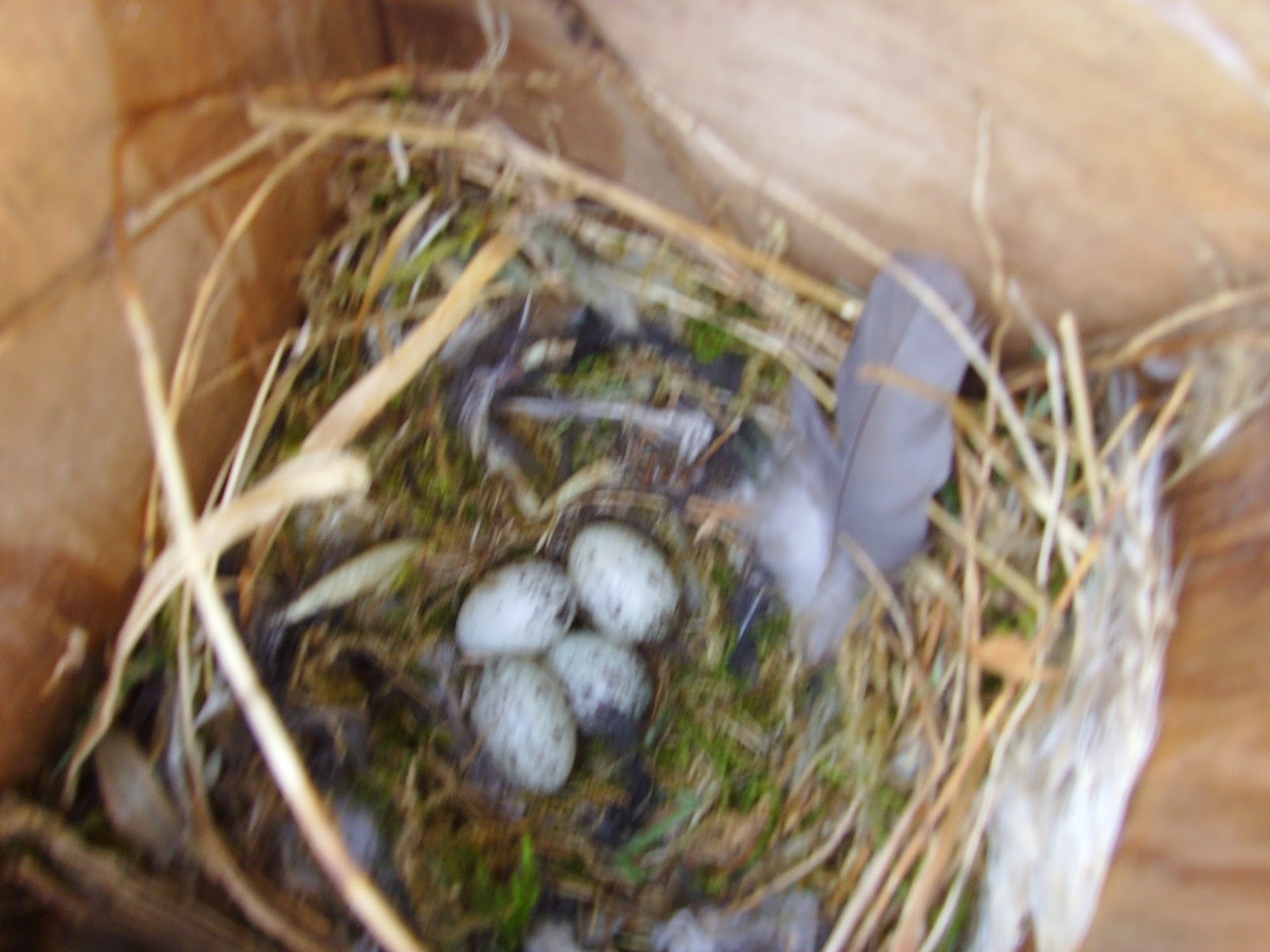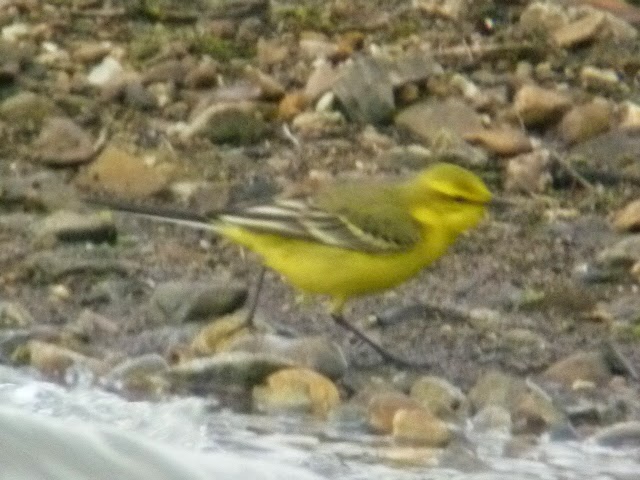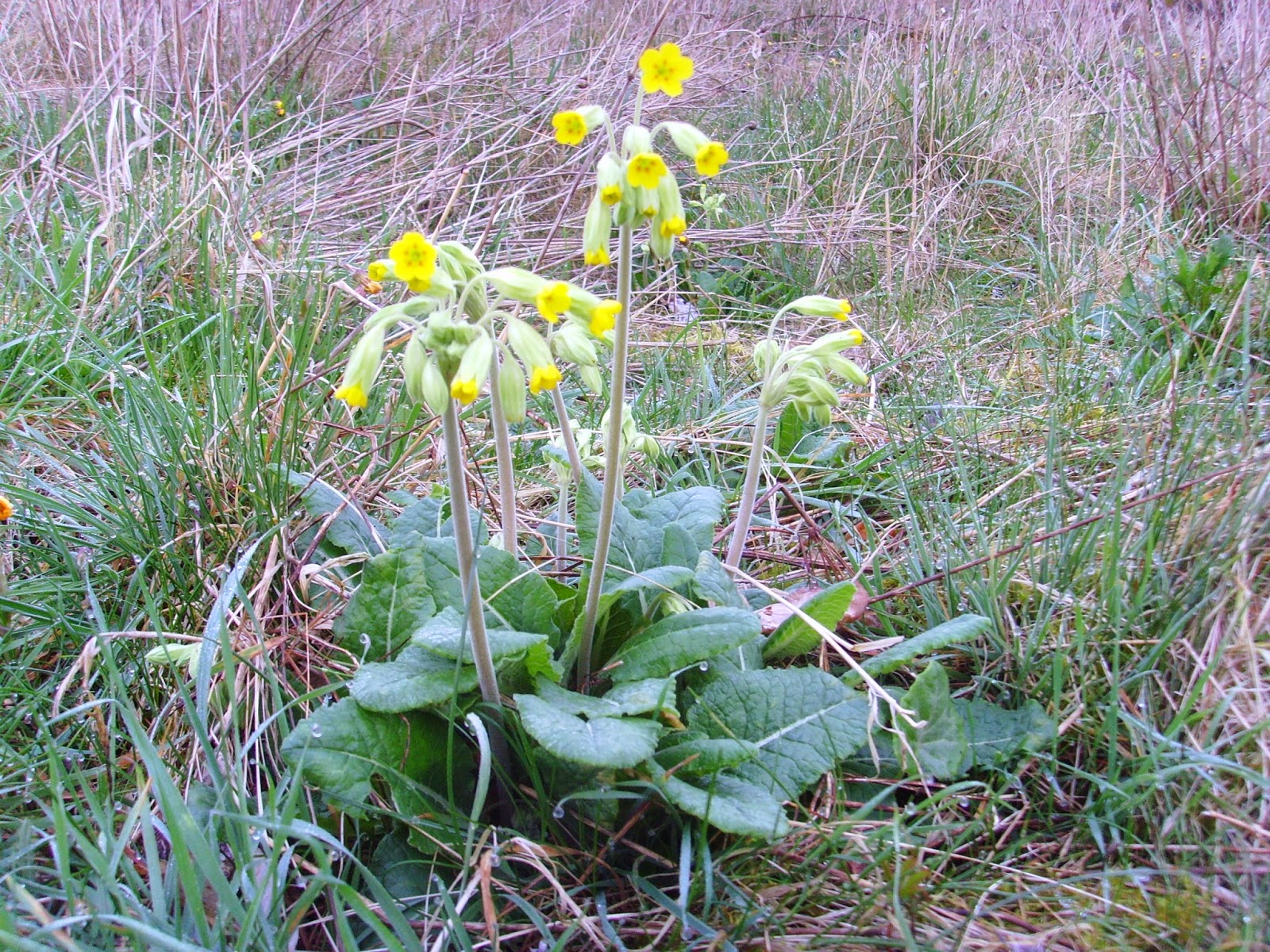We started at the box where we'd had a Tawny Owl on our last visit (see here). The good news was that the owl was still present.The not so good news was that the box was empty, with no sign of any chicks. On our last visit we didn't see a chick, but the fact that the adult bird didn't move when we approached made us quite confident that she was incubating. We also saw eggshell below the box last time, so whether there ever was a chick, and what has happened to it we just don't know. Next year perhaps?!
After this disappointment. we went to check the other 3 owl boxes. 1 contained Grey Squirrels again, 1 was empty - again, but the final box delivered with a female Mandarin Duck on a clutch of 9 eggs. Unfortunately we couldn't catch her like we did last year (see here), so we don't know whether she was the same bird again or a different bird. Details of the nest will be entered into the BTO's Nest Record Scheme.
Mandarin clutch
On a more positive note, when I got home, I checked the House Sparrow terrace that's on the side of my house and found this:
This is only the second time sparrows have used the box, so I'm keeping everything crossed for a successful outcome. Details of the eggs have been entered into the BTO's Nest box Challenge programme.






















